Description
Phentermine is a sympathomimetic anorectic agent used as a short-term adjunct therapy that is included in a regimen of weight reduction in cases of exogenous obesity.
Background
Phentermine is a sympathomimetic amine anorectic agent and it was introduced in 1959 as part of an anti-obesity combination drug. It is chemically related to amphetamine and it is commonly referred to as an atypical amphetamine.4 Phentermine has not been reported an addictive potential which allows this agent to be classified under the Schedule IV drugs (low abuse potential).
Phentermine was FDA approved for short-term weight management in 1959 and it became widely used in 1960. This initial product, formed by the combination of phentermine with fenfluramine and dexfenfluramine was discontinued after finding several reports of abnormal valves in nearly 30% of the consumers. Later on, phentermine was approved alone and in combination with topiramate in 2012 as a new alternative that required lower doses of phentermine to obtain the desired effect.
Indication
Phentermine is indicated, alone or in combination with topiramate, as a short-term adjunct, not pass a few weeks, in a regimen of weight reduction based on exercise, behavioral modifications and caloric restriction in the management of exogenous obesity for patients with an initial body mass index (BMI) greater than 30 kg/m2 or greater than 27 kg/m2 in presence of other risk factors such as controller hypertension, diabetes or hyperlipidemia.
Exogenous obesity is considered when the overweight is caused by consuming more food than the person activity level warrants. This condition commonly causes an increase in fat storage. It is an epidemic condition in the United States where over two-thirds of adults are overweight or obese and one in three Americans is obese. In the world, the incidence of obesity has nearly doubled.
Associated Conditions
- Obesity
Associated Therapies
- Chronic Weight Management therapy
Pharmacodynamics
It is reported that the main mechanism of action of phentermine is the generation of appetite suppression, maybe due to the increase in leptin, but it is considered that other mechanisms should be involved. Some reports have indicated that the weight loss effect is mainly due to the increase in resting energy expenditure.
In clinical studies where phentermine was used as a monotherapy and as combination therapy, this drug has shown an average weight loss of 3.6 kg when compared with the placebo in 2-24 weeks. Patients treated with phentermine also showed increased maintenance of weight after treatment discontinuation.3 As well, even though it is a derivative of amphetamines, it has not been registered to produce any of the effects of amphetamine such as central nervous system stimulation, elevation of blood pressure, tachyphylaxis or QTc prolongation.
Mechanism of action
Phentermine is an indirect-acting sympathomimetic agent that acts by releasing noradrenaline from the presynaptic vesicles in the lateral hypothalamus. This increase in noradrenaline concentration in the synaptic cleft results in the stimulation of beta2-adrenergic receptors. Phentermine is classified as an indirect sympathomimetic due to the increase in the level of norepinephrine, dopamine and its indirect effect towards serotonin. Some reports have indicated that phentermine inhibits the neuropeptide Y which is a principal signaling pathway for the induction of hunger. This combined effect produces a continuous flight-or-fight response in the body which reduces the hunger signal as this state is on the immediate need for energy.
Lastly, some reports have indicated that phentermine is a weak inhibitor of monoamine oxidase but this mechanism does not tend to produce a clinically significant response.
Absorption
Phentermine shows a dose-dependent pharmacokinetic profile. After oral administration of a dose of 15 mg, the maximal concentration was achieved after 6 hours and its bioavailability was not affected by the consumption of high-fat meals. The reported plasma concentration at steady-state is of around 200 ng/ml as observed in clinical trials.
Volume of distribution
The reported volume of distribution for phentermine is reported to be of 5 L/kg.
Protein binding
The protein binding of phentermine is determined to be of 17.5%.
Metabolism
Phentermine undergoes minimal p-hydroxylation, N-oxidation and N-hydroxylation followed by conjugation. The total proportion of the drug that goes under metabolism only represents about 6% of the administered dose where about 5% is represented by the N-oxidized and N-Hydroxylated metabolites.9
Hover over products below to view reaction partners
Chemical TaxonomyProvided by Classyfire
- Description
- This compound belongs to the class of organic compounds known as amphetamines and derivatives. These are organic compounds containing or derived from 1-phenylpropan-2-amine.
- Kingdom
- Organic compounds
- Super Class
- Benzenoids
- Class
- Benzene and substituted derivatives
- Sub Class
- Phenethylamines
- Direct Parent
- Amphetamines and derivatives
- Alternative Parents
- Phenylpropanes / Aralkylamines / Organopnictogen compounds / Monoalkylamines / Hydrocarbon derivatives
- Substituents
- Amine / Amphetamine or derivatives / Aralkylamine / Aromatic homomonocyclic compound / Hydrocarbon derivative / Organic nitrogen compound / Organonitrogen compound / Organopnictogen compound / Phenylpropane / Primary aliphatic amine
- Molecular Framework
- Aromatic homomonocyclic compounds
- External Descriptors
- primary amine (CHEBI:8080)

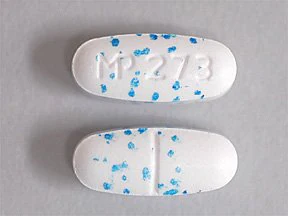
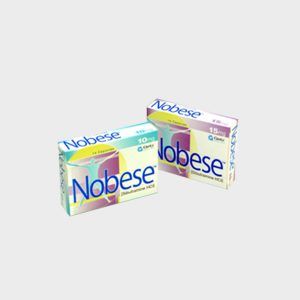


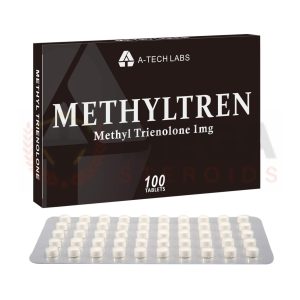
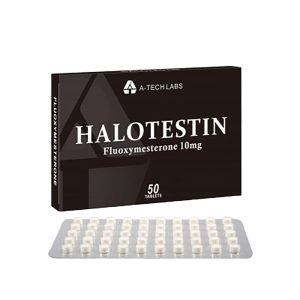
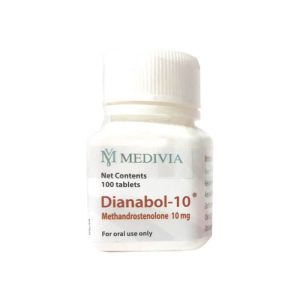
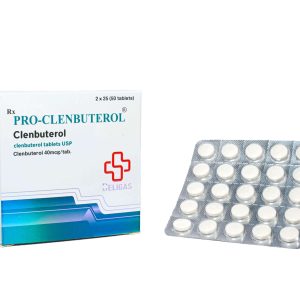

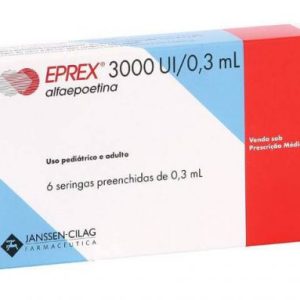
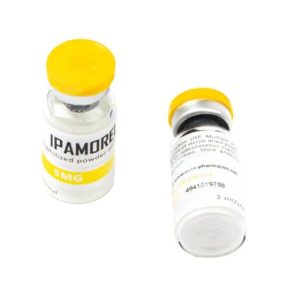

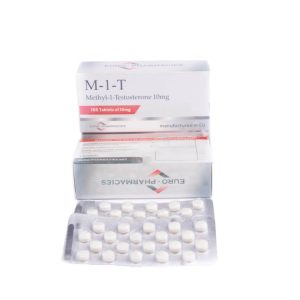
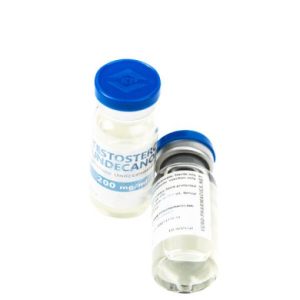
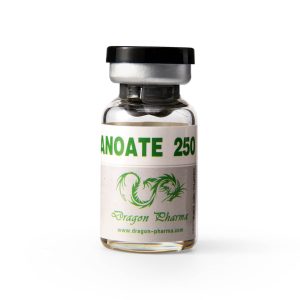

Reviews
There are no reviews yet.